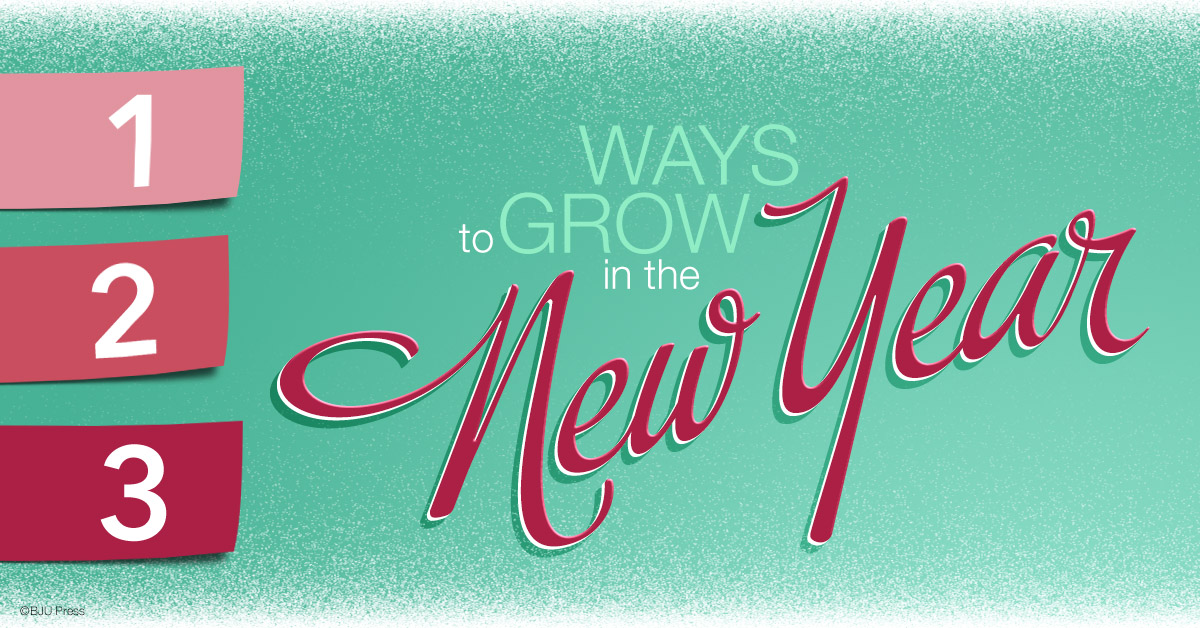
The other night I collapsed in bed after a long, exhausting day and took stock of my accomplishments. I couldn’t come up with much. Yes, I had sent two loads of laundry through the washer and dryer, but there were at least another three loads waiting for their turn. Yes, I had picked up dozens of stray toys and socks off the floor, but most of my house still looked like a disaster zone. Yes, I had spent over an hour fixing dinner, but three picky eaters had almost refused to eat it. It had been a discouraging day but not an unusual one.
As a stay-at-home homeschool mom, my days are filled with a lot of busyness. I stay plenty busy teaching as well as facilitating our Distance Learning courses. I never lack for dishes to wash, laundry to do, meals to make. But despite all the busyness, I rarely feel like I accomplish much.
On days like these, I often have to remind myself that my accomplishments are not always visible nor are there ever enough hours in the day to do everything. It’s essential for me to choose to spend my time doing the “best” things, the things that God wants and that will count for eternity. Here’s the list of “best things” that I try to focus on.
My Need for a Close Relationship with God
I can’t afford to cheat on this one—ever. For me, this means that I have to pull myself out of bed at 5:25 every morning. But the thirty minutes or so of quietness that I get to spend reading my Bible and praying is well worth it. This time fortifies my soul for all the craziness and unexpected turns of each day. (Psalm 119 records the myriad of ways that God’s Word benefits us, and in Psalm 145:18, God promises to be near those who call on Him.)
The Needs of My Husband
If my husband asks me to do something, that “something” moves to the top of my priority list once I’ve had my time with the Lord. It doesn’t matter whether the request involves making a phone call, sewing on a button, or taking the car in for an oil change. By making his needs my priority, I’m getting a chance to demonstrate love and submission. (Colossians 3:18 commands this of me!)
The Needs of My Children
My children have physical, spiritual, and emotional needs that take up a lot of my time. Sometimes it’s hard to pause my dinner preparations or my cleaning sprees and take the time to figure out the cause of an argument, patch up a scraped knee, or help a child through a challenging math problem. But when I readily put aside my own “to do” list, I’m demonstrating love and compassion to my children. (Titus 2:4 admonishes me to love my children, and John 15:12–13 helps me understand what true love really is.)
The Needs of Other Believers
Paul admonishes believers to “do good unto all men, especially unto them who are of the household of faith” (Galatians 6:10). Sometimes that might mean I cook extra so that we can take a meal to someone who needs it. Sometimes it might mean I let someone borrow our things. Other times, it might mean I take a few minutes to write someone a quick note of encouragement. The time I spend on these tasks is not wasted. It gives me a chance to exercise my spiritual gifts and show love to my brothers and sisters in Christ.
The Needs of the Unsaved
Every week my family and I minister at a Bible club for kids. Most of the children do not attend church and don’t know much about the Bible. Some come week after week. Others we only see once or twice. Whatever time that we have with these kids is precious because it is an opportunity to plant the seed of the gospel (or perhaps to water it). Again, I don’t consider this time wasted. Not only is it a good opportunity to teach my own children about ministry, but it’s also an opportunity to fulfill the Great Commission Jesus gave us to go and make disciples (Matthew 28:18–20).
Depending on your situation in life, your list of “best things” may look very different from mine, and my list certainly isn’t perfect. I struggle daily to keep my work properly balanced. Thankfully, I can claim the promise of James 1:5 and rest in the fact that God will give me wisdom about how to spend my time if I ask Him. He’ll give you that wisdom as well. So take some time at the beginning of this new year to prayerfully consider how God would want you to use the time He’s given you.



